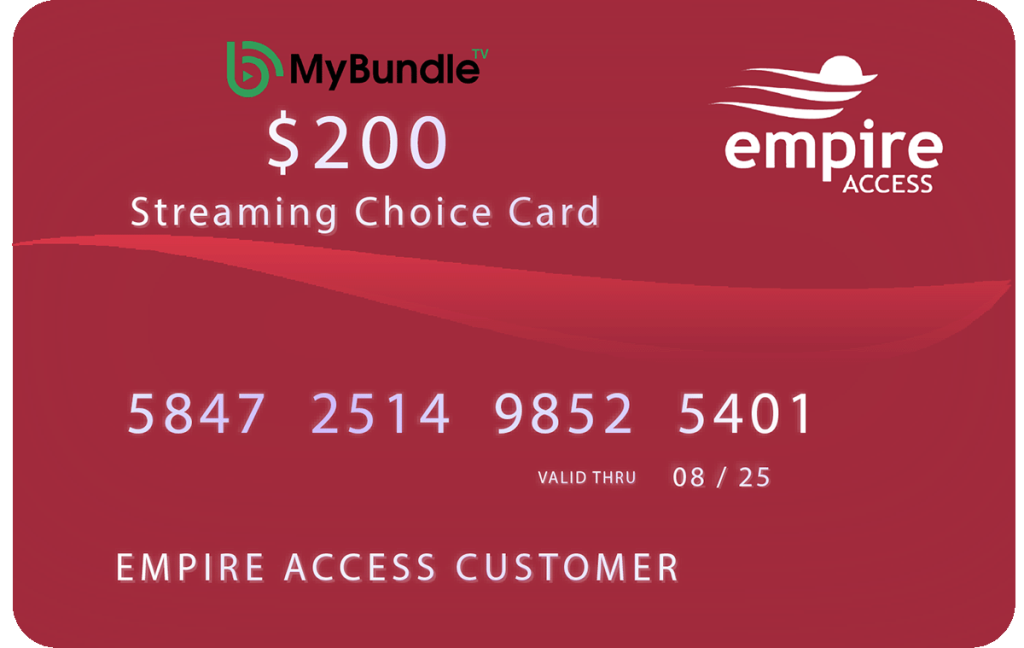When discussing TV, there are many options available to a consumer. With terms like OTT, IPTV in addition to the usual Satellite and Cable, it might seem confusing sorting through what one would want. With that in mind, here is a quick rundown on what is offered by each:
- Cable TV: The oldest form of TV, cable tv involves the direct connection of a tv to a type of cable, typically fiber or coaxial. While subject to the lats amount of buffering and a high amount of content, its cost is typically the highest of the four types of tv.
- Satellite TV: This type of tv is completely wireless. From the broadcaster, a radio signal is distributed to a satellite, which is then converted to the programs which can be viewed on a television. This method is cheaper and, thanks to its wireless nature, has far more availability. However, because you need a satellite, the quality of the programs is often subject to the weather.
- OTT Streaming: OTT (Over-the-top) is what most people think of when they mention streaming services. These are programs and services provided through a public internet connection. Whenever you watch Netflix on a device, you’re using an OTT program. While streaming services are typically less expensive and offer a wide range of content, you’re also subject to the strength of your internet connection.
- IPTV: Somewhere between OTT and Cable TV is IPTV. This service is provided directly by Internet Service Providers. Instead of giving you TV through a cable or a satellite, the TV service is provided through a private CDN (Content Delivery Network). This ultimately means that your tv is distributed through the internet, but because your IPTV provider is likely to also be your internet provider, it should result in a very stable connection with little buffering.












